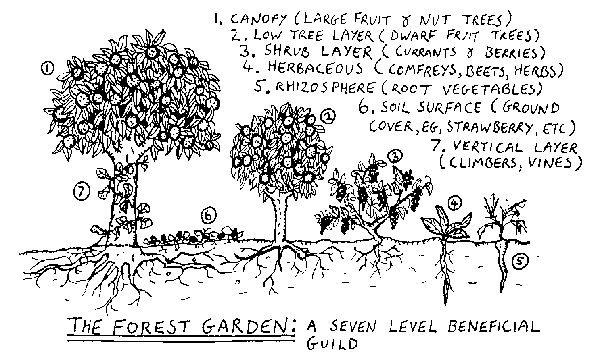
 1
1













Joseph Lofthouse wrote:Casie: I started a germination test on the fava beans a few days ago. It's my best harvest yet, and I've only just begun to harvest. Plus I had enough green pods to share them 3 weeks at the farmer's market.
Deb: Thanks for the grow report. I love it when my seed gets into other people's gardens, and grows better than it does for me. I get teased sometimes that my "medium" moschata squash are more like "large"! I grow without fertilizers, or added compost. So when my things get into a high fertility garden, I sometimes get wonderful grow reports. And my weeding is iffy, so when they get into a well weeded garden...









Deb Rebel wrote:Just wish I could get the grasshoppers to go away, with it being a lot wetter this year, it's bugs Bugs BUGS!!!

 4
4














Best luck: satisfaction
Greatest curse, greed








Roger Taylor wrote:
I've never had a skinned broad/fava bean.







 1
1





Best luck: satisfaction
Greatest curse, greed




R Ranson wrote:
Roger Taylor wrote:
I've never had a skinned broad/fava bean.
I have in the Mediterranean import shop. Both dry and canned.




Thekla McDaniels wrote:slipping the skins is well worth the time. This is the only way I have ever had them, and heave been trying to figure out how to grow them ever since, more than 10 years ago!















Best luck: satisfaction
Greatest curse, greed

 1
1




Ask me about food.
How Permies.com Works (lots of useful links)





Best luck: satisfaction
Greatest curse, greed

 3
3










Joseph Lofthouse wrote:
A couple weeks ago, I harvested the fava beans. It was a glorious harvest. The best that I have ever had. I have been growing favas for years, but finally got the genetics, habits, (and perhaps weather), that allowed them to really thrive this year. I noticed a trait that might prove to be useful...
About 80% of the plants in the patch produced seeds and then croaked. About 20% of the plants in the patch re-sprouted from the roots. That would be an amazing trait if they are able to produce a fall crop of fava beans for me. So I culled, keeping the plants that are re-sprouting more vigorously and precociously.
 2
2



























 2
2








 1
1




 2
2











 1
1




 1
1








Idle dreamer
 1
1




 1
1




 1
1




Best luck: satisfaction
Greatest curse, greed









Living a life that requires no vacation.








Western Montana gardener and botanist in zone 6a according to 2012 zone update.
Gardening on lakebed sediments with 7 inch silty clay loam topsoil, 7 inch clay accumulation layer underneath, have added sand in places.




Joseph Lofthouse wrote:
Favism is pretty common among beans... The poison is deactivated by intense cooking. Some people have run into problems with favism when using slow-cookers to cook kidney beans for example. I definitely wouldn't eat fava greens raw. And I have determined that I'm not going to sell fava greens, pods, or shellies at the farmer's market. Seems too risky to ask people to be prudent.
 2
2





 1
1










 1
1




"Also, just as you want men to do to you, do the same way to them" (Luke 6:31)

|
I didn't like the taste of tongue and it didn't like the taste of me. I will now try this tiny ad:
The new gardening playing cards kickstarter is now live!
https://www.kickstarter.com/projects/paulwheaton/garden-cards
|










